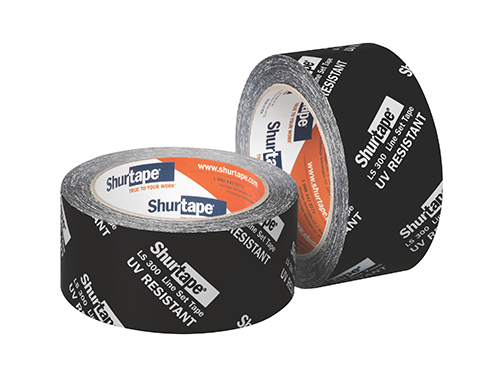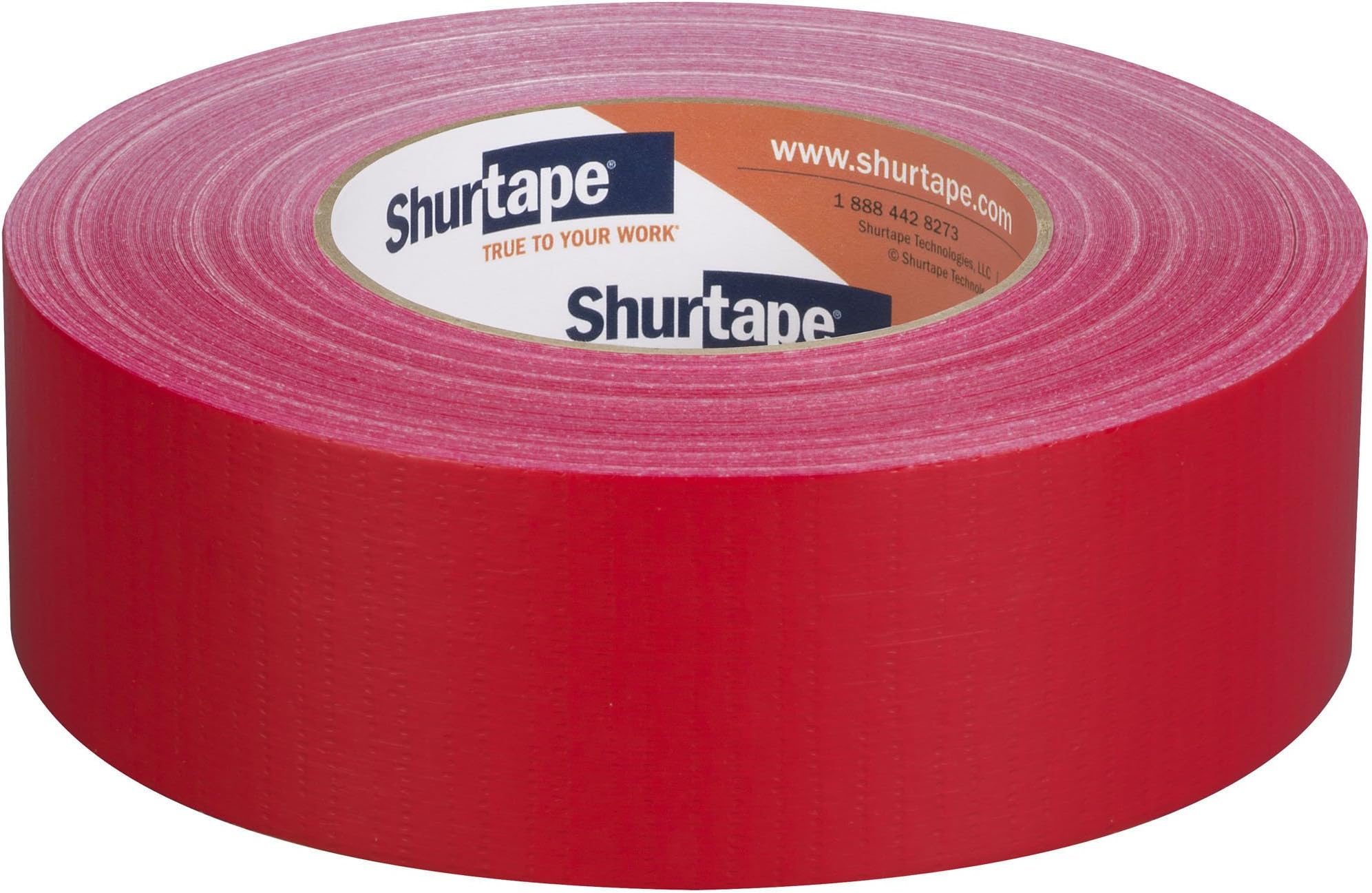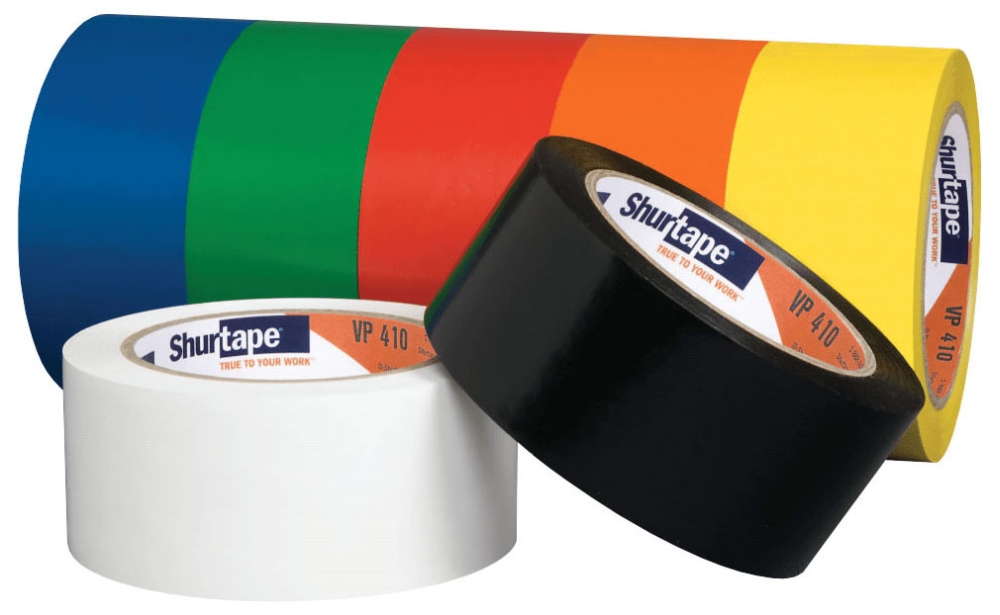Shurtape Ls 300 Hvac Line Set Tape

Is your home's air conditioner struggling to keep up, or is your heating system working overtime without making a dent in the chill? One often-overlooked culprit behind inefficient heating and cooling is the condition of your HVAC line set insulation. Specifically, we'll be looking at problems related to Shurtape LS 300 HVAC line set tape, a common product used for insulating these lines.
Understanding the Role of Line Set Insulation
The line set is the pair of copper pipes that connect your outdoor air conditioning or heat pump unit to your indoor unit (air handler or furnace). These lines carry refrigerant, which is crucial for transferring heat. The larger pipe carries cool, low-pressure refrigerant, and the smaller pipe carries warm, high-pressure refrigerant.
The purpose of the insulation, often protected by Shurtape LS 300 tape, is to prevent:
- Heat gain in the cooling line: Unwanted heat entering the cool refrigerant lowers the system's cooling efficiency.
- Heat loss in the heating line: When heating, losing heat from the hot refrigerant makes the system work harder.
- Condensation: In humid environments, cold line sets can sweat, leading to water damage, mold growth, and corrosion.
Damaged or degraded line set insulation forces your HVAC system to work harder, leading to higher energy bills, reduced lifespan of your equipment, and inconsistent temperatures in your home.
Troubleshooting Inefficient Cooling or Heating Related to Shurtape LS 300
Let's get practical. Here's a step-by-step guide to diagnosing potential issues with your line set insulation and the Shurtape LS 300 tape protecting it:
Step 1: Initial Visual Inspection (No Tools Required)
Safety First: Before you start, always turn off the power to your outdoor HVAC unit at the breaker box. This is a critical safety precaution.
Now, walk around your outdoor unit and visually inspect the line set from where it exits the unit to where it enters your house. Look for the following:
- Tears or cuts in the Shurtape LS 300: Even small tears can expose the underlying insulation to the elements.
- Peeling or unraveling tape: The tape should be tightly wrapped around the insulation. Peeling or unraveling indicates adhesive failure.
- Cracked or crumbling insulation: This is a sign of age and degradation. If the insulation is falling apart, it's not doing its job.
- Missing sections of tape or insulation: Are there any areas where the insulation is completely exposed?
- Signs of moisture or mold: Look for wet spots, mildew, or mold growth on the tape or insulation. This is a sign of condensation.
- Physical damage: Check for damage caused by animals, weather, or impact.
Document Your Findings: Take pictures of any damage you find. This will be helpful when you're deciding whether to attempt a repair or call a professional.
Step 2: Assessing Insulation Condition (No Tools Initially Required)
After the visual inspection, gently touch the insulation. Feel for the following:
- Is it pliable or brittle? Brittle insulation is a sign of age and degradation.
- Is it damp or wet? This indicates a breach in the insulation and potential condensation.
- Does it compress easily? Good insulation should offer some resistance. If it compresses easily, it has lost its insulating properties.
Step 3: Checking Line Set Temperature (Requires an Infrared Thermometer - Optional)
This step requires an infrared thermometer. This is optional, but it can provide valuable insights. With the HVAC system running (cooling mode for this test), point the thermometer at the insulated surface of the larger (cooler) line. Then, point it at the uninsulated copper pipe connection near the outdoor unit. Note both temperatures.
Expected Result: The temperature of the insulated line should be significantly closer to the ambient air temperature than the uninsulated copper pipe. A large temperature difference between the insulated line and the ambient air temperature suggests the insulation is compromised.
Step 4: Identifying Specific Problem Areas and Assessing Scope
Based on your observations, pinpoint the exact location and extent of the damage. Is it a small tear in the tape, or is the insulation crumbling over a large area? This will help you determine the appropriate course of action.
Step 5: DIY Repairs (Simple Cases Only - Proceed with Caution)
Important: DIY repairs are only suitable for minor damage, such as small tears in the tape or areas where the tape is peeling. If the insulation is significantly damaged, crumbling, or missing, call a qualified HVAC technician.
What you'll need for minor repairs:
- New roll of Shurtape LS 300 HVAC line set tape (or similar approved tape).
- A clean, dry cloth.
- A utility knife (use with extreme caution).
Repair Procedure:
- Clean the area: Wipe down the area to be repaired with a clean, dry cloth. Remove any dirt, debris, or loose pieces of old tape.
- Apply new tape: Overlap the existing tape by at least an inch on either side of the damaged area. Wrap the tape tightly and evenly, ensuring there are no gaps or wrinkles.
- Secure the ends: Press the ends of the tape firmly to ensure they adhere properly. You can use a small piece of extra tape to secure the ends if necessary.
- For peeling tape: If the tape is simply peeling, clean the area underneath and re-wrap the tape tightly. Secure the ends well.
When to Call a Professional HVAC Technician
The following situations require professional HVAC service:
- Significant insulation damage: If the insulation is crumbling, missing, or wet over a large area, DIY repairs are not sufficient.
- Signs of refrigerant leaks: Refrigerant leaks are a serious issue that can damage your equipment and harm the environment. If you suspect a leak (e.g., oily residue on the lines, hissing sound), call a professional immediately.
- You are uncomfortable working with HVAC equipment: If you are not confident in your ability to safely perform the repairs, it's best to leave it to the professionals.
- You are unsure of the cause of the problem: If you've followed these steps and are still unsure what's causing the issue, a professional can diagnose the problem and recommend the appropriate solution.
- Condensation issues persist: If you've repaired the insulation, but condensation continues to form, there may be underlying issues that require professional attention.
- System performance doesn't improve: After making repairs, if your system still isn't performing as expected, a professional can assess the overall system and identify any other problems.
- Any work involving refrigerant lines: Never attempt to repair or tamper with refrigerant lines yourself. This requires specialized tools and training. Refrigerant is a hazardous substance, and improper handling can be dangerous.
Preventative Maintenance
Regularly inspecting your line set insulation can help prevent problems before they start. Make it a part of your seasonal HVAC maintenance routine. Here are some tips:
- Inspect the insulation annually: Check for tears, peeling, and other signs of damage.
- Trim vegetation: Keep shrubs and other plants trimmed back from the line set to prevent damage.
- Protect the line set from the elements: Consider installing a line set cover to protect it from sun, rain, and snow.
- Address minor damage promptly: Repair small tears or peeling tape as soon as you notice them.
Conclusion
Maintaining your HVAC line set insulation, including the Shurtape LS 300 tape protecting it, is an essential part of keeping your heating and cooling system running efficiently. By following these steps, you can identify and address minor issues before they become major problems. Remember to always prioritize safety and call a professional when needed. A little preventative maintenance can save you money on energy bills and extend the life of your HVAC equipment.
By being proactive and informed, you can ensure that your HVAC system is operating at peak performance and providing you with comfortable and efficient heating and cooling for years to come.










